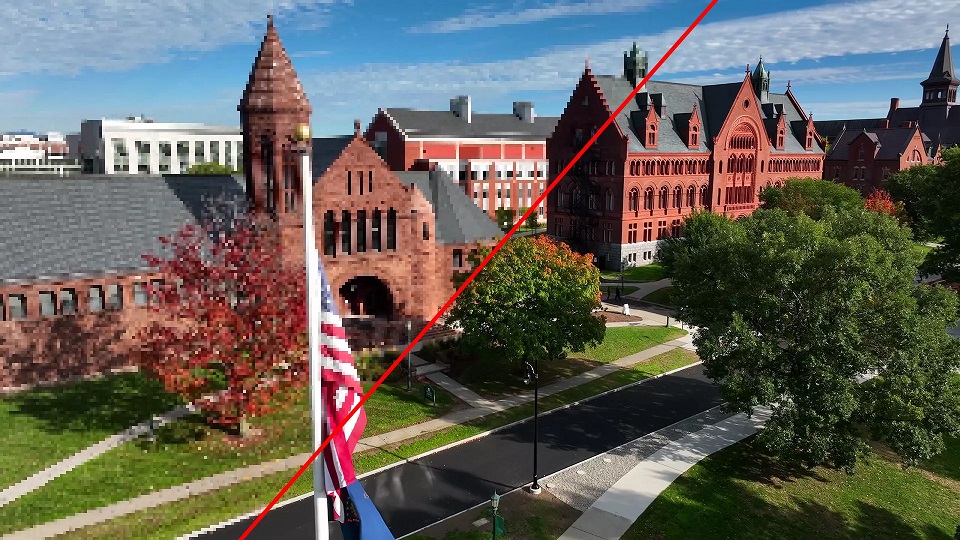That's with only the one screen? Are you in fullscreen mode on whatever video you're watching, or is it in a window (or in the background)? I would guess based on what I saw that having MSI Afterburner or GPU-Z running on top of the video will cause much higher power use. And what content are you watching — that probably also plays a role. Probably some video sources and video types are going to be more demanding, computationally. Like if you're on YouTube and you watch something that's AV1 encoded, then the GPU will definitely have to do more work just to decode. But trying to test lots of different video formats was definitely beyond the scope of what I wanted to try and do for this article.
But since you're on a laptop, it may mean you're not just measuring GPU power. I have a power testing setup that only measures power that goes to the graphics card — via PCIe slot plus up to three dual-8-pin cables. I am not checking CPU load or anything else. As noted above, "I also noticed that having just a video playing fullscreen was less power than if I had the video playing and alt+tabbed to my power monitoring utility — it jumped by 10-40 watts. So I started the power collection 10 seconds before the test sequence, switched to the fullscreen video, collected data for 80 seconds, then switched back and stopped the data collection. Then I cut out the first and last 10 seconds."
That's how I measured power use. The video I was playing was the Colorado Avalanche vs Winnipeg Jets from Feb 24. It's a 720p source and almost certainly an H.264 encoded file. I was playing the video in Chrome on a PC with an i9-9900K, so not a super fast CPU but fast enough. Let me quick try this on a... 4070 Ti and just grab the numbers from MSI Afterburner for power use with … let's do this video (Ted Lasso Season 3 trailer, which is 1080p):
View: https://www.youtube.com/watch?v=IR9yjn7Lkdg
This is the "VSR Off" test. The spikes in power at the start/end are when the video isn't playing fullscreen.
View attachment 191
Okay, here's the same thing, only this time it's with VSR On and quality set to 4:
View attachment 192
There was a spike to 33W and the clocks both jumped partway into that test, and I don't know for sure what caused that — I have a lot of stuff open in different windows right now. Anyway, that seems pretty conclusive to me that YouTube, 1080p upscaled to 4K via VSR 4, doesn't need to use a ton of power.





